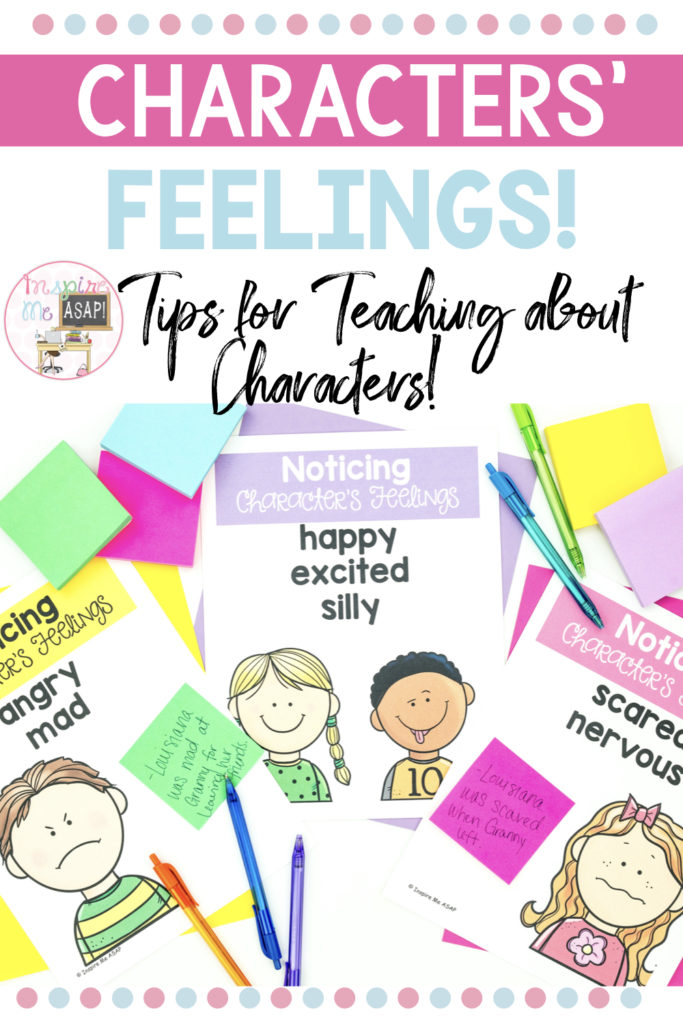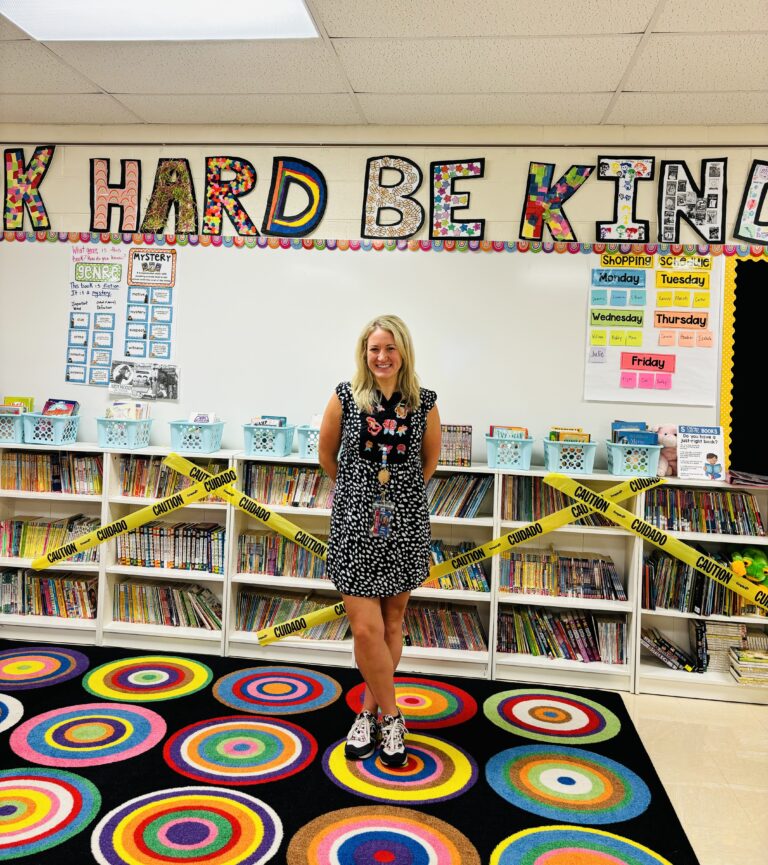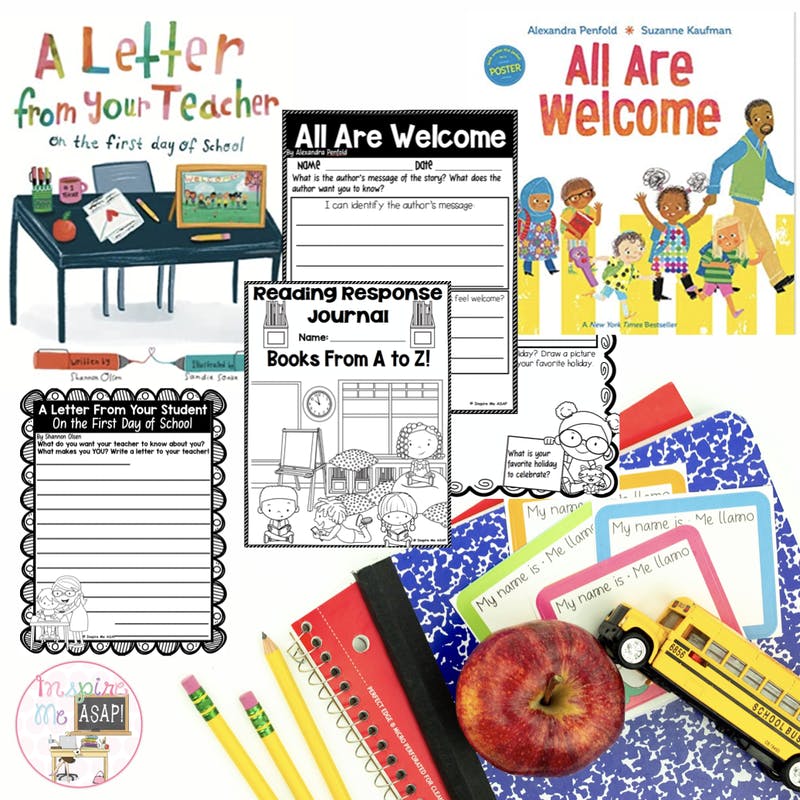Happy, sad, embarrassed, angry….oh my! Today I am so excited to share with you a fun and engaging way that I teach my students about characters’ feelings.
In my previous blog post, I shared a fun and engaging way to introduce a new unit of study, all about celebrating characters! If you missed hearing about how I used the ingredients for chocolate chip cookies as a way to kick off our new unit, then you can click on the link below to find that video or blog post!
Kicking off a new unit for character unit: Video on YouTube
Kicking off a new unit for character unit: Blog post
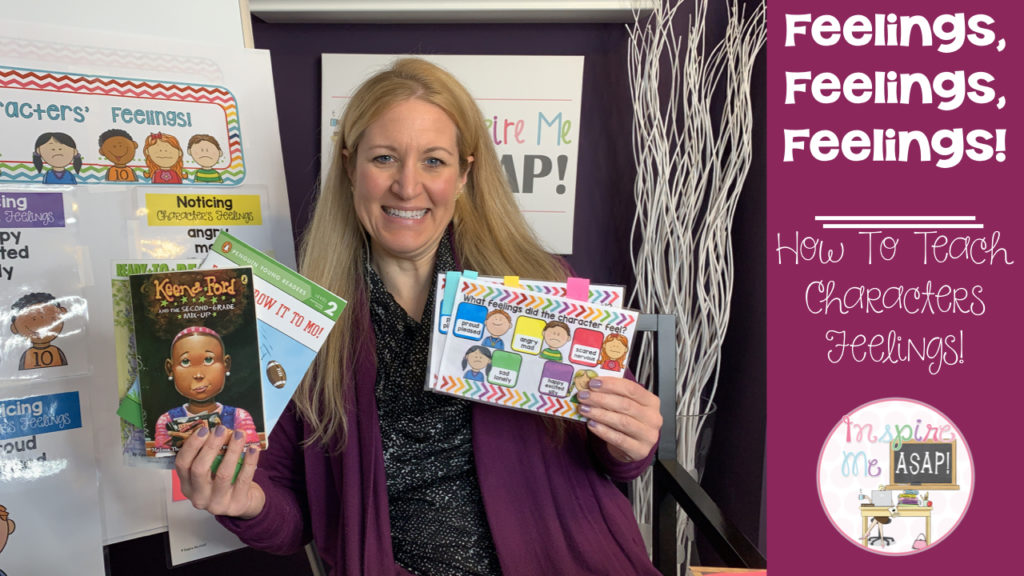
Today I am so excited to share with you a fun and engaging way that I teach another lesson in my character unit, readers notice the feelings of characters. Want to see the video of me teaching this lesson? You can find that here: Characters’ Feelings Lesson On YouTube
In previous lessons, I taught how to identify characters and use sticky notes as a way to gather information about a character. These lessons are all part of my character unit.
For the next part of this blog post, I am going to write a script of my exact words that I use to teach this lesson directly to my second graders.
I am going to explain and model how I teach this lesson by using the framework of a mini-lesson. In my previous blog post ( mini-lesson musts ), I breakdown all of the important components to reading workshop mini-lesson: making a connection, teaching point, guided practice, link to independent learning, and closing.
It is important to note that you will need a fiction book with a strong character. This will be used as your mentor text. ( Do you need a refresher about what a mentor text is? You can read my blog post here: Mentor Text ). Below are some of picture books and chapter books I recommend with strong main characters.

OK, let’s get started!
Make a connection
Teacher Talk: Readers, last week you learned how to use sticky notes as a way to gather information about a character.
Teaching point/Explicit Instruction
Teacher Talk: Today we will focus on noticing a character’s feelings. Think about how many different feelings you have every day. You may wake up feeling tired. You can feel excited to come to school. You can feel confused during a math lesson or embarrassed about something that happened at recess. Your feelings change throughout the day. Just like you have feelings that are constantly changing, so do characters. Feelings are a character’s emotional response to what is happening around them. We know how a character feels when the author tells us. We also know how a character feels by paying attention to what the character is doing, saying, or thinking. Let’s brainstorm a list of different feelings a character might experience!
At this point, we would create an anchor chart of different characters’ feelings, including surprised/shocked, tired, scared, happy/joyful, annoyed, confused, nervous/anxious, jealous, hopeful.
Active engagement/Guided Practice
Teacher Talk: I will pass out a sticky note to everyone. As I read aloud a few pages of this familiar story, I want you to jot down any character feelings that you notice.
(Pass out one sticky note to every student. Read aloud a few pages of a familiar fiction book and give students time to write down their responses on their sticky notes. After reading a few pages, ask a few students to share what they wrote. Make sure you also have at least one high-quality example to show the class.)
Link to independent reading/work time:
Teacher Talk: Boys and girls, it is now time for you to start independent reading. As you read today, I want you to notice your character’s feelings. (Pass out the reading response worksheet, which is a template of a blank face. If you do not have this, students can just draw the face of the character, labeling their illustration.) You will draw the character’s emotion, or an expression, on the blank face template.
Teacher Talk: Take a few minutes to meet with your reading partner. Share the character feelings you noticed as you read today.
When students are reading independently, I meet with guided reading groups. If you want to learn more about how I meet with guided reading groups remotely on Zoom, you can read the blog post or watch the video on my YouTube channel.

When I meet with guided reading groups, I dive deeper by expanding what was taught during the mini-lesson. For example, I may give my group of students a reading passage or a story with strong characters. Once we discussed who the main character is, get to know that character, learn about their likes and dislikes, what they are thinking, what they say and do, then we can also discuss their feelings.
I like to use a sticky note self-monitoring tool that I created, as a way to encourage my students to THINK as they are READING about the character’s feelings.
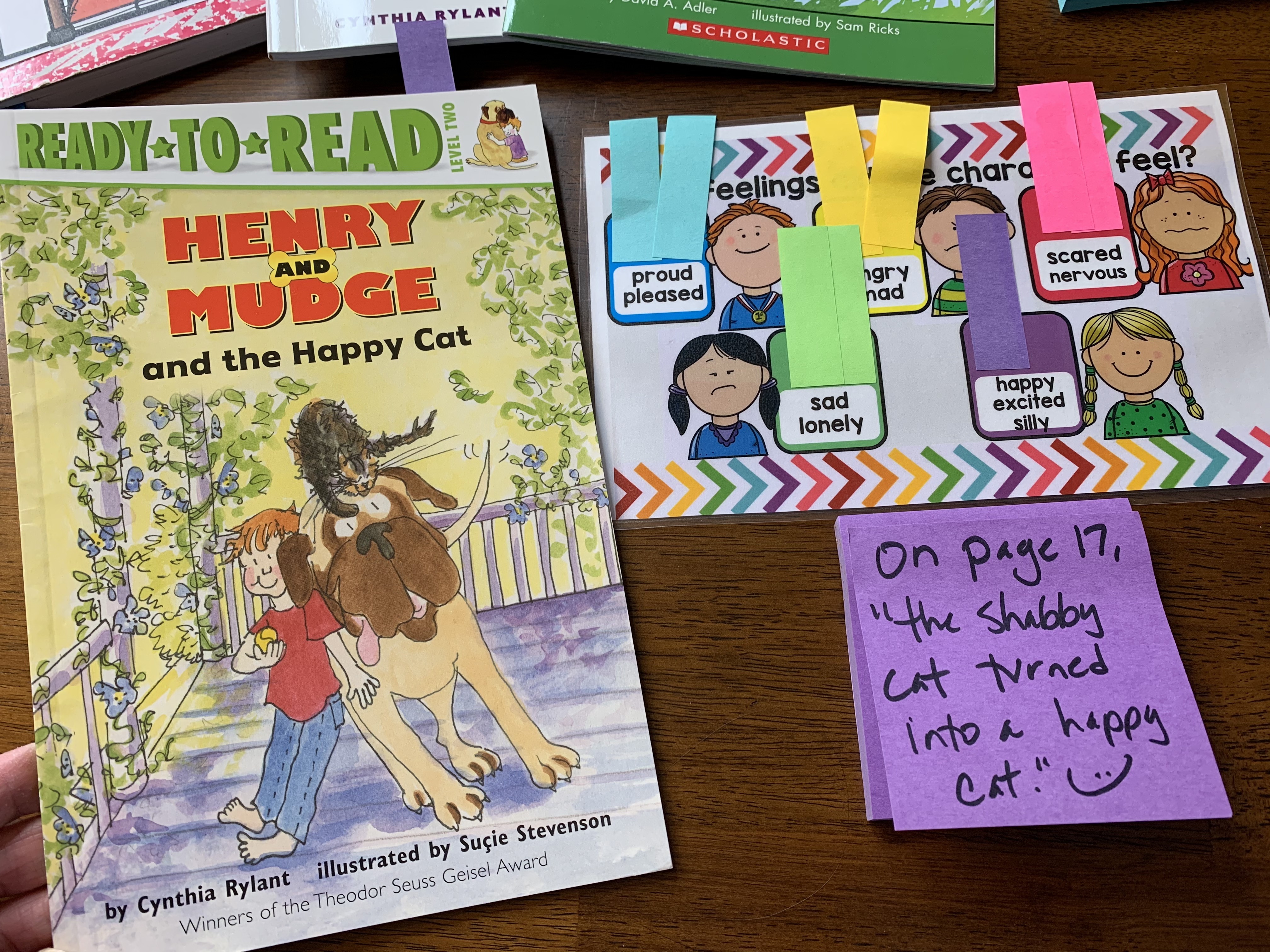
The blue sticky represents that the character feels proud or pleased. The yellow sticky note represents that the character feels angry, mad, or upset about something. The pink sticky note represents the character feeling scared or nervous. The green sticky note represents the character feeling sad or lonely. The purple sticky note represents the character feels happy, excited, or silly about something.
As my students are reading their story, they are thinking about what the character is feeling and mark their thinking with the appropriate sticky note.

I hope that your students enjoy this engaging lesson that teaches about characters’ feelings! Be sure that you are on my email list and following me on YouTube so that you do not miss the next video in my character unit series! In my next blog posts, I will model lessons about character feelings, traits, and changes!
Now, go and gather some of your favorite books with strong characters! :)
Love this lesson? This lesson is one of 16 lessons that is included in my character unit resource. You can learn more about my character unit by reading below.

You can find this resource at my TPT store: Character Study Unit
Or, you can find this resource on my website: Character Study Unit
Mini-lessons include:
- Mini-lesson: Readers identify the characters in a story
- Mini-lesson: Readers get to know characters
- Mini-lesson: Readers gather information about characters by writing sticky notes
- Mini-lesson: Readers notice characters’ feelings
- Mini-lesson: Readers identify character feelings
- Mini-lesson: Readers identify secondary characters and how they help the main character
- Mini-lesson: Readers infer character traits
- Mini-lesson: Readers identify how a character changes throughout the story
- Mini-lesson: Readers use text evidence to prove their inference
- Mini-lesson: Readers can identify character motivations
- Mini-lesson: Readers identify how a character’s actions contribute to the sequence of events
- Mini-lesson: Readers identify the point of view
- Mini-lesson: Readers ask powerful questions about characters
- Mini-lesson: Readers identify internal and external character traits
- Mini-lesson: Readers can identify how a character responds to challenges
- Mini-lesson: Readers identify their favorite book character and CELEBRATE the end of the unit with a favorite book character party!

Included in this resource:
– 15 scripted mini-lessons
– Colorful posters to display as anchor charts for every mini-lesson
– Student worksheets for every mini-lesson



